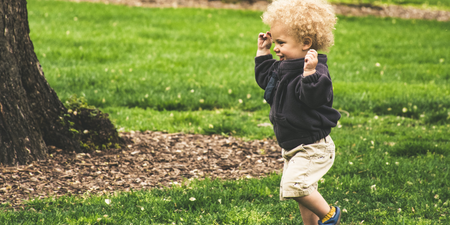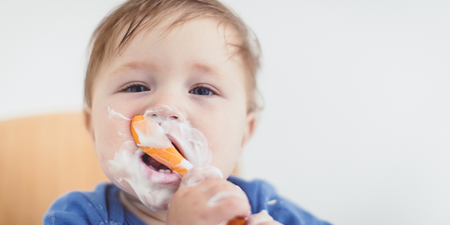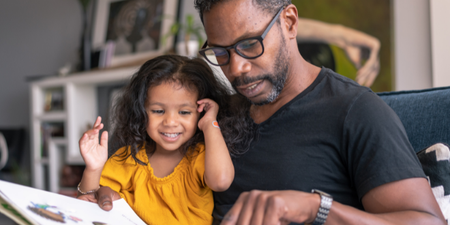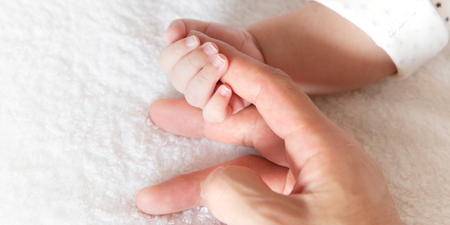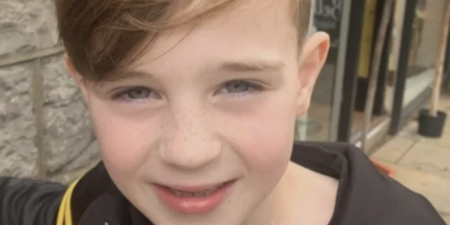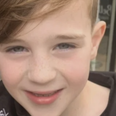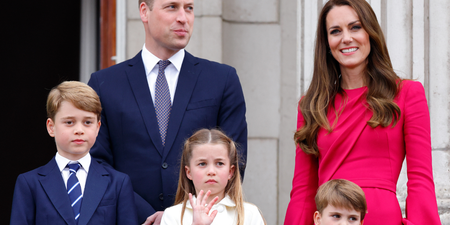Seeing your little one waking up trembling and afraid is one of the most distressing parts of parenting.
Many children do experience night terrors between the age of 3 and 12 years old and the differences between a night terror and a nightmare is that the night terrors are actually more terrifying for the parent!
Night terrors are usually when your child sits suddenly bolt upright in bed, crying and thrashing about with his eyes wide open without being truly awake. They usually won’t remember the epidose. Night terrors can be caused by poor quality sleep, a temperature, sickness, or a stressful event in a child’s life.
Here are some tips for dealing with these distressing episodes and to minimise the impact on family life and your child’s sleep.
1. Keep bedtime calm and relaxed. Talk your child through a scenario where imagine packing away all their fears into a box and taping the box closed and leaving it out in the shed or garage. This imagined separation of their anxiety is a good method for unlinking these bad dreams from their subconscious.
2. Often a child will store their feelings of anxiety throughout the day while they are distracted by play or school. These little moments of fear are stored up and released in the night. As you are your child’s emotional anchor, it is important that you stay calm yourself and keep reassuring them you are there for them.
3. Pay attention to what your child is being exposed to on TV and on screens. Recently my daughter had a nightmare about a ghost on Scooby Doo which didn’t seem to phase her at the time. It is worth reading books before bedtime without any threatening characters. This relaxed reading can also fill their heads with nice images as they fall asleep.
4. There is a suggestion that some children may experience a blood sugar drop just before they sleep which could contribute to such night terrors. Offering your child a protein snack just before bed could be worth trying.
5. We got a lavender spray for our daughter’s pillow which is a natural sleep aid and I use it myself!
6. Make sure your child is cosy with blankets in the winter and a light cotton sheet in summer. Overheating or being cold at night can make your child feel uncomfortable and more likely to toss and turn.
7. When your child is shaking and screaming, hold them tight to you and let them know they are safe now. It could take a while but let them express their fear while you keep reminding them you are here now to help them. The threat will soon pass and once this scenario is repeated time and time again, their fears will eventually pass.
8. As children, we had a dreamcatcher above our beds. You can make your own if you are crafty! The idea is that by handing it over your child’s bed, it catches the bad dreams and filters the good ones through to their little heads. It is a nice idea and could help as part of an overall plan.

9. This fear could be explained as a build-up of all the little fears that your child encounters throughout their day. Every time you comfort them and offer an emotional safety blanket for them, they will release their fears and become a little lighter.
10. Being held and reassured throughout their night terrors will lift the heavy weight of caution and eventually allow your child to see the world as a safer place.
However frightening, most children do outgrow sleep terrors by their teenage years. If you are overly concerned, you should contact your GP, but remember not to feel like it is anything you are doing wrong. Night terrors are very common, and as a lot with parenting, this too shall pass.
Check out our sleep expert’s focus on Common Childhood Sleep Disturbances for more information on Nightmares and Night Terrors.




